16 Ojbects — 4 C’s Divisions
Only one can be CHAMPION!

Thank you to everyone who participated in the 2022 Museum Madness Tournament. We are proud to announce that with a resounding 74% of the final vote, the Jumes Restaurant Neon Sign has taken home the 2022 Crown!!

Neon Sign, Jumes Restaurant, 1955-2016 (#5378.1)
Jumes Restaurant, as it came to be known by 1955, began with George Jumes purchase of Sheboygan’s Coney Island Lunch Counter in October 1929. Jumes, who originally emigrated with his parents in 1902 from Greece, had just returned to Sheboygan after spending a number of years in La Crosse. George operated Coney Island Lunch at the original location until moving just a little south near the corner of Eighth Street and Pennsylvania Avenue. All the members of the family worked in the restaurant and eventually George’s son, Louis took over the restaurant. Although Jumes suffered a devastating fire in 1990, the restaurant was able to reopen after nearly a year rebuilding. Unfortunately, the return was short-lived, as the economic downturn following September 11, 2001 was more than the restaurant could survive. The final Coney Dogs were served in 2003.
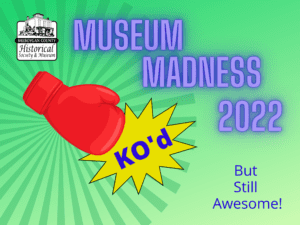

Divers Helmet, Conrad Bauer, 1930-1950 (# 5035.1)
2022 RUNNER UP
In the early 1930s, Conrad Bauer paid fifteen cents for a Popular Mechanics magazine that contained plans to build a diving helmet. He and his brother, Harold, constructed two helmets from hot water tanks and lead salvaged from the scrapyard. Each helmet split seventy-five pounds of lead between the front and the back to help weigh the piece down. Most of the dives were done in shallow water, typically less than thirty-five feet, with air supplied via modified water hoses, an Electric Sprayit air compressor, and a used Briggs and Stratton engine.
Bauer was inspired to start diving after experiencing a nearly intact shipwreck just off the Sheboygan jetties. The prevalence of wrecks in Lake Michigan, particularly from southern Kewaunee County thru mid Ozaukee County, led to the June 2021 creation of the Wisconsin Shipwreck Coast National Marine Sanctuary. Covering 962 square miles, the sanctuary has a known thirty-six wrecks and the potential for an additional sixty or more. The area corresponding to Sheboygan County has thirteen known wrecks, including five listed on the National Register of Historic Places. The area contains not only a diversity of vessels, including sailing, passenger, and freighter ships, but also several with intact cargo. Included within the borders of the County is the wreckage of the 1833 Gallinipper, the oldest known remains of a commercial vessel in Wisconsin waters.
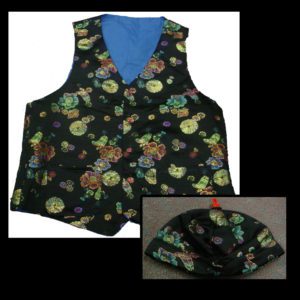
tsho khuam and kaus mom (vest and hat), Mayor Richard Schneider, 1987-1988 (#2004.0025.0001 & 2004.0025.0002)
The vest and hat are typical of clothing that would be worn by Hmong men during the Hmong New Year Celebration, along with other special, celebratory occasions, such as weddings. The Hmong New Year traditionally occurred at the end of the harvest season in Laos. Since the early 1980s, Sheboygan’s Hmong New Year has typically occurred in November or December, organized by the Hmong Mutual Assistance Association and local Hmong clans. The festivities begin with family based celebrations before the larger gathering when the clans and the community come together to celebrate ancestors, culture and the coming year.
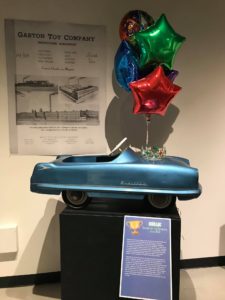
Kidillac, Garton Toy Company, circa 1950 (#4726.21)
Established in 1879 as the Garton Company, the firm initially produced common utilitarian products, including cigar boxes and washboards. By the early 1900s, Garton had transitioned into wheeled riding toys, establishing an impressive network of distribution centers and showrooms across the country. Sales offices in New York, Chicago, Dallas, and Los Angeles, alongside a program of national catalog sales, supported the growing business as the company expanded into sleds, wagons, croquet sets, water skis, and toy cradles. The expanding market, coupled with Garton’s attention to changing styles and designs as the century progressed, made the company a leading producer of pedal toys for over 75 years.

Soda Bottle, Hi Ho Bottling Company, 1945-1955 (#5201.1)
Hi Ho Bottling Company of Plymouth was a late entry into the Sheboygan County soda water business. Established in 1945 by Donald Holzschuh and Joseph Hildebrand, the pair used Holzschuh’s sugar ration from serving during World War II to start the business. In 1948, a case of their soda could be purchased for one dollar, plus the bottle deposit, compared to $1.25 for the equivalent of Coca-Cola. The company also sponsored a local bowling team, the Hi-Ho Sodas, for a number of years. In 1949, Hildebrand left the partnership and by 1955, Holzschuh sold the business.
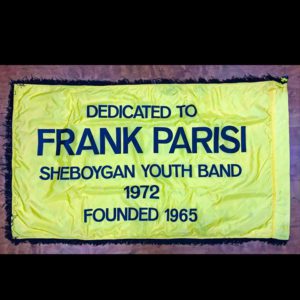
Parade Flag, Sheboygan Youth Band, 1972 (#4620.15)
The Sheboygan Youth Band was one of several musical performance groups organized for the young people of the community during the 1960s. In their first few years, SYB performed regular concerts at Fountain Park, along with providing entertainment for a variety of events such as the Lantern Parade, Soap Box Derby and local church picnics. By 1969, SYB had expanded to include more traditional marching performances in addition to the concert performances. As more marching engagements were added to the schedule, a color guard section created a visual interpretation of the music played by the marching unit. Soon, SYB was also participating in marching band competitions, often bringing home recognition and trophies. Concert performances also grew to include spring and winter concerts as well.

Executive Desk, Jung Shoe Company. 1892-1980s (#5530.1)
The Jung Shoe Company, established in 1892, was first established as a shoe wholesaler. It was not until 1909 that the company added manufacturing their own line of work shoes to the business, establishing the Sheboygan Shoe Company.In 1937, the two entities were combined into the Jung Shoe Manufacturing Company, operated by Otto Jung and his sons. Over the next forty years, Jung became a well regarded manufacturer of outdoor footwear. It was not until the 1970s when the import of inexpensive shoes wiped out the domestic footwear market that many of the long standing shoe manufacturers in the area began to struggle. Despite efforts in the 1980s to save the business, the end of an era came for the company in January 1989.
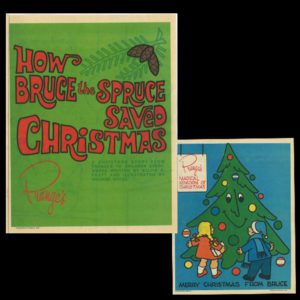
Bruce the Spruce Coloring Book, H.C. Prange Company, 1973 (#4514)
Based at 8th and Wisconsin in Sheboygan, the H.C. Prange Company was a one-stop shop for the needs of Eastern Wisconsin residents. Founded in 1887 by Henry C. Prange, his sister Eliza, and Mr. J.H. Bitter, Prange’s began as a dry goods store. From day one, company leadership made sure that the newest merchandise was available to Sheboygan County residents and offered unique experiences, like the holiday window displays, life-size Steiff promotional animals, and popcorn for all. An outstanding selection coupled with an unbeatable customer service policy — “It’s Not Yours ‘Til You Like It!” – helped Prange’s become the largest Wisconsin based department store chain with sales topping $250 million annually by 1984. The end of an era came in 1992, when Prange’s, including the Sheboygan flagship store, was sold to Younkers Inc.
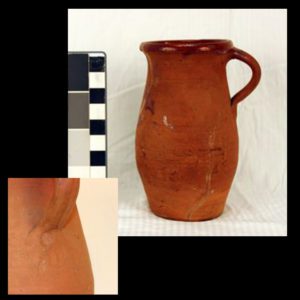
Pitcher, Conrad Langenberg, circa 1880 (# 3278)
Langenberg was one of several “Lippers” to settle in Sheboygan County. The first immigrants from Lippe-Detmold arrived in 1847, settling in the town of Herman in an area strikingly similar to their German home – rolling hills, wooded forests, and a growing population. Langenberg arrived in 1855, trained as a potter. He immediately put his trade to work, and quickly became part of a growing community of craftsmen providing for residents in what was then known as Lippers’ Mills. For at least the next twenty-five years Langenberg created pitchers, crocks, pots, baking dishes and more. At its height, the pottery production likely ranged in the neighborhood of 8,000 to 10,000 vessels. Though he continued as a potter, Langenberg also began to draw income from his farm. By the last two decades of the 1800s, a number of other competing products were making their way into the market. Around 1893, a semi-retired Langenberg is said to have remarked about potters, “Wir machen unser Geld aus Dreck” – we make our money out of dirt.
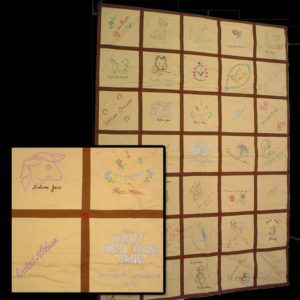
Kraft Cheese House Gang Quilt, Kraft Cheese Company, Plymouth, 1942 (#3641)
James Lewis Kraft began his company as a wholesale cheese distributor in Chicago in 1903. In the following years, he brought his brothers into the business and in 1914, J.L. Kraft & Bros. Company began manufacturing their own cheese. Between 1915 and 1916, Kraft developed and received a patent for a pasteurized cheese product that did not require refrigeration. The well-timed product led to significant company growth as the U.S. Army purchased millions of pounds for World War I soldier’s rations. Between 1918 and 1919, the company established a presence in Plymouth, increasing its capital stock to one-million dollars in January 1920. The company became an integral part of the community over the coming years, including sponsoring an industrial league basketball team, the Kraft Loaves. In early 1949, Kraft announced that with the completion of a new manufacturing plant in Chicago, production in Plymouth would end in June of that year.
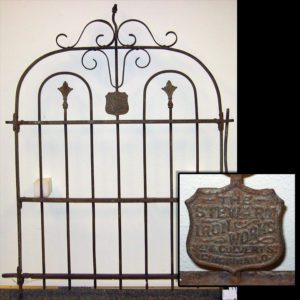
Entrance Gate, Union Cemetery, Plymouth, unknown -1998 (#3558C)
Traveling through Sheboygan County, one would find a number of “Union” cemeteries – Cascade, Batavia, Cedar Grove, Plymouth and Howards Grove all have one. Union was a way to indicate that a cemetery was not associated with a particular religion or church. Typically, burial in a Union cemetery was open to anyone, though some exceptions did exist. Union Cemetery in Plymouth is one of two public cemeteries operated by the City.
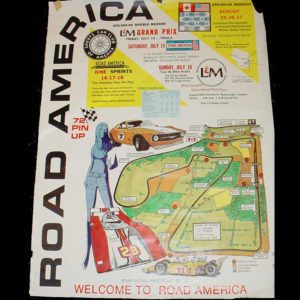
Race Schedule Poster, Road America, 1972 (#4665.5)
Road America grew out of the street races run in Elkhart Lake in the early 1950s. Though exciting, hugely successful, and an economic benefit to the area, the difficulties of racing on public roads was unavoidable. Clif Tufte, a highway engineer by trade, saw the benefits and proposed building a dedicated road racing course on the outskirts of Elkhart Lake. Utilizing an area of farmland with natural topography featuring hills and ravines and the twists and turns he found on area country roads, Tufte created what we know today as Road America, the first road racing track in the country. The first races were held on September 10 and 11, 1955.
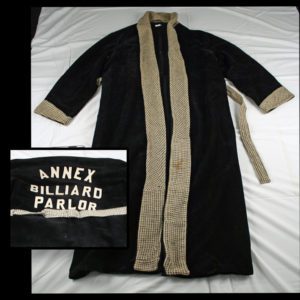
Boxing Robe, John “Johnny Busch” Feldbusch, 1925-1930 ( #5326)
Annex Billard Parlor relocated about two blocks to the south in 1924. The new location, below Victor Imig Clothing/ Kresge’s on North Eighth Street, offered more floor space, new furniture, brighter finishes and a new soda fountain. Originally established in 1914 by Arno Keppler, the business was taken over by George Mastoras in 1922. A few months later Charles Barker joined him. Eventually, the establishment was sold to Conrad Jurk. It is likely that Annex sponsored their hometown boxer Johnny Busch.

Circus Poster, Seils Sterling Circus, (#5066.1)
The Seils Sterling Circus was the largest of the Lindemann brothers Sheboygan based circuses. From 1924 to 1938, brothers Pete, Bill and Al traveled the country with up to sixty-five trucks, employing primarily Sheboygan based performers. The circus became one of the largest motorized circuses in the country. However, the impact of the ongoing Great Depression took a toll and Seils Sterling held their final performance in Iron Mountain, Michigan on July 4, 1938. The circus was sold at auction in September of that year. All three brothers were inducted into the International Circus Hall of Fame in 1965.
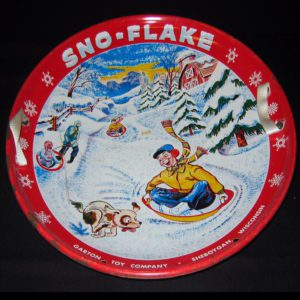
Sno-Flake Snow Saucer, Garton Toy Company, circa (#4726.1)
While Garton is often remembered for their variety of wheeled pedal toys, the company’s sled business was equally successful. Wooden sleds with steel runners were first introduced around 1915 and manufactured on a seasonal basis. In February 1938, Garton announced the purchase of fellow Sheboygan sled maker Globe Manufacturing’s toy making assets. The purchase led to the proclamation that Sheboygan was now the “largest toy center in the world.” Garton’s sled business continued to grow and at peak production, the company was producing two-thousand sleds per day. The introduction of the coaster pan sled further grew the business – in 1958, Garton announced the manufacture of their one-millionth sled. The two-millionth sled rolled off the production line just four years later.

Velocipede, Dr. Adolph Bock, 1860-1880, (#517)
The original two-wheeled, leg powered bicycle debuted in Europe in 1817. Throughout the late 1860s and 1870s, numerous patents were issued for bicycles similar to the one owned by Dr. Bock. An article in the August 1868 Scientific American features a photo of a remarkably similar velocipede, developed by the Hanlon Brothers, touting that “these vehicles were used merely as playthings for children, and it is only lately that their capabilities have been understood and acknowledged. Practice with these machines has been carried so far that offers of competitive trials of speed between them and horses on the race course have been made.” Additionally luxuries like chain drives, suspensions, and rubber tires came around the turn of the century, while air-filled tires and the banana seat came later. Interestingly, the first electric bicycle occurred in 1897, but it did not come to widespread production until nearly one-hundred years later.
